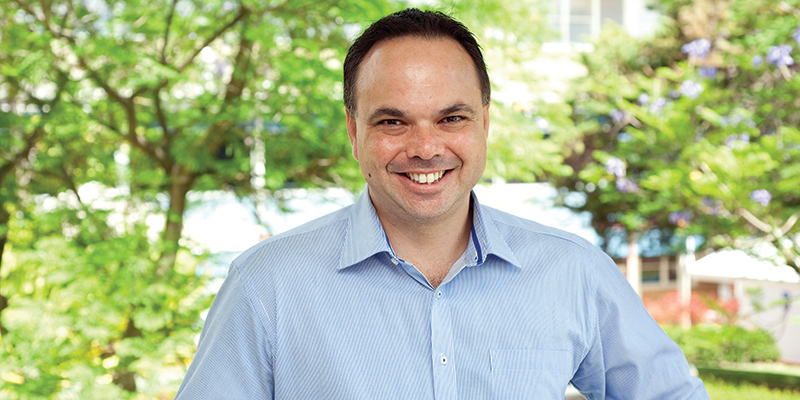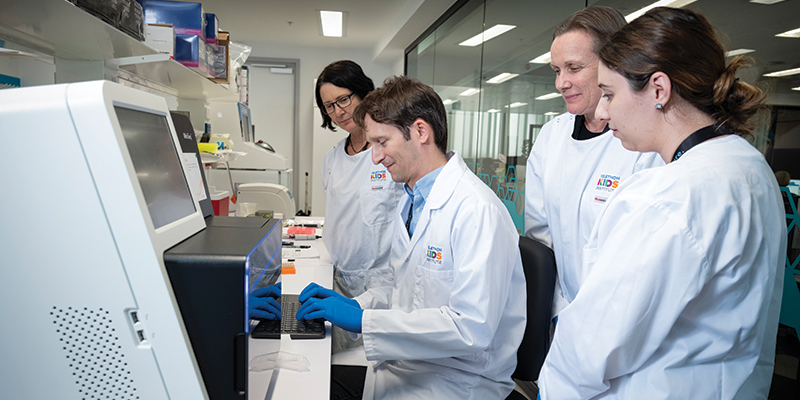First published Wednesday 10 July 2019.
Ending the cycle of ‘not knowing’
 Professor Gareth Baynam
Professor Gareth Baynam
There are 63,000 children living with a rare disease in Western Australia alone.
While previously many would have gone undiagnosed, rapid progress in rare disease diagnosis in recent years means more than half can now look forward to knowing what the condition is that’s made them ill or limited their abilities.
Professor Gareth Baynam said phenotype-informed genomic sequencing, for example, had delivered a diagnosis for dozens of children in WA – including some who were amongst only a handful of people in the world with their condition.
“These diagnoses have altered medical and surgical treatment and given insights into the potential to develop new therapies, drugs or treatments,” Professor Baynam said.
“It also gives us clarity to investigate further things like metabolomics; from a simple wee sample, for example, we can look for clues about how the body is metabolising things and what that means for potential new medicines to help.”
Perhaps most importantly, however, the ‘not knowing’ had ended for many children and their families.
“Imagine going through life circulating around the health system with multiple health issues and you don’t have a clue what’s causing it or a name for it,” said Professor Baynam. “How do you speak to the school about that or to doctors or family and friends?”
"You feel incredibly isolated, but once you know the answer and connect to people with the same experience, you have a community and a shared experience and clarity for the future."
“That removal of isolation is the most powerful thing we do. People often feel a need to know what caused this and to connect with others in same situation.”
